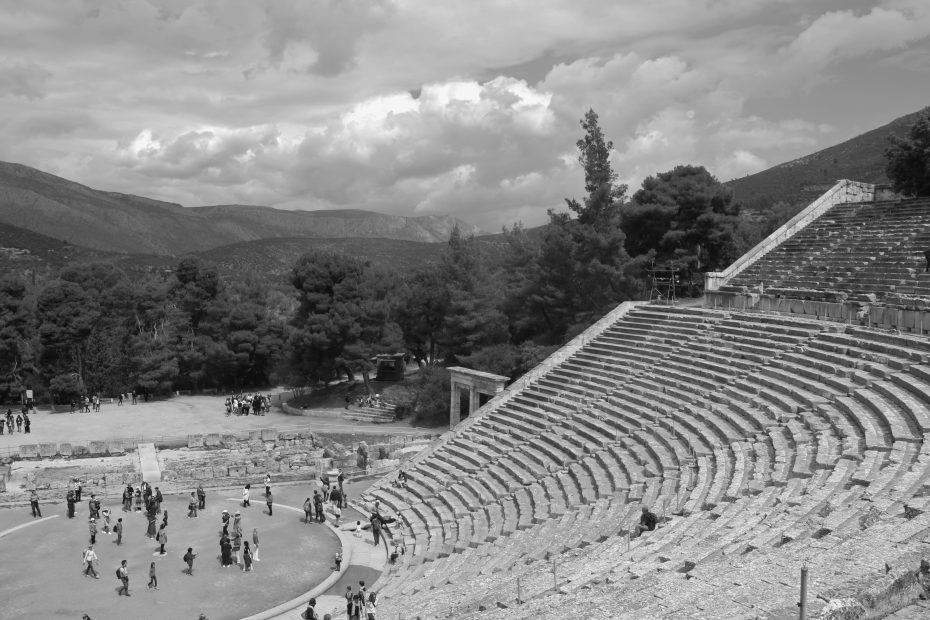Table of Contents
Introduction
The islands of Samoa have a rich and storied history spanning over 3,000 years. From its earliest inhabitants to its struggle for independence and journey to modernity, Samoa’s history is one of resilience, adaptability, and pride. In this article, we will explore the major events and eras that have shaped Samoa from its ancient roots to the present day.
Early History of Samoa
The Samoan islands were first settled around 1000 BCE by seafarers from Southeast Asia. These early Polynesians brought with them their languages, beliefs, and cultural traditions that laid the foundation for Samoan society.
For centuries, Samoans lived in small villages led by chiefs. Daily life revolved around fishing, farming, and communal activities. Traditional Samoan religion was polytheistic, with gods representing different aspects of nature. Intricate social codes dictated behavior and hierarchy within Samoan culture.
Arrival of Europeans
The first Europeans reached Samoa in the 18th century. British explorer James Cook visited the islands in 1773 and 1777. Not long after, European and American whalers, traders, and missionaries began arriving.
Christian missionaries had a profound impact on Samoa beginning in the 1830s. Many Samoans converted and blended their traditional beliefs with Christianity. Schools and churches were built by missionaries which altered the educational and spiritual landscape.
Samoan Independence Movement
In the late 1800s, colonial tensions grew as Germany, Great Britain, and the United States vied for control of the Samoan Islands. Samoans resisted foreign dominance over their lands.
In the early 1900s, New Zealand took over rule of Samoa from Germany. Samoans increasingly called for self-government and independence in the following decades. Under the leadership of the Mau movement, Western Samoa finally gained independence on January 1, 1962.
Modern Samoa
Today, Samoa is an independent nation that blends its traditions with modern governance and economics. Here is an overview of different aspects of contemporary Samoan life:
Government
The modern political system in Samoa has adopted principles of democracy. Samoa’s constitution established the country as a parliamentary democracy with universal suffrage. The government is comprised of the head of state (O le Ao o le Malo) and a legislative assembly (Fono).
Economy
Samoa’s economy is largely agriculture-based. Major exports include coconut products, fish, coffee, and cocoa. Tourism has grown into a significant industry for Samoa. Remittances from Samoans abroad also provide important financial support for the islands.
Culture
Samoan culture remains deeply rooted in Fa’a Samoa, or the traditional Samoan way of life. Social customs, arts, music, dance, language, and religion continue to thrive and identify the Samoan people. The ‘ava ceremony and family communal living remain integral practices.
Impact of Globalization
Increased global connection has profoundly shaped modern Samoa. Tourism and emigration has exposed many Samoans to foreign influences. Christianity has supplanted much of the indigenous spirituality. However, globalization has also strengthened Samoan communities abroad and brought valuable economic opportunities.
Environmental Changes
Global warming and rising sea levels pose a substantial threat to Samoa’s islands and way of life. Erosion and coral reef damage has impacted coastal villages. Deforestation and natural disasters have increased due to climate shifts, causing population displacement. Sustainable policies and environmental stewardship are now government priorities.
Preserving Samoan Identity
As Samoa progresses, retaining its unique national and cultural identity is a growing concern. Efforts are being made to preserve the Samoan language, traditions, arts, history, and indigenous practices for future generations. Elders play a key role in passing on Fa’a Samoa values to counterbalance Westernization.
Conclusion
Samoa’s long journey has shaped its national character – resiliency, adaptability, and pride. From its seafaring roots to its struggle for self-governance to today’s globalized society, Samoa has retained a vibrant culture centered on family, spirituality, and indigenous traditions. The future will be shaped by Samoa finding balance as a modern nation and preserving its exceptional identity.
FAQs
When did Samoa gain independence?
Samoa gained independence on January 1, 1962 after nearly 50 years of New Zealand administration.
What religions are practiced in Samoa?
Most Samoans are Christian, blending earlier polytheistic beliefs with Protestant and Catholic traditions brought by missionaries in the 19th century.
How did Samoa’s economy develop?
Samoa’s economy was traditionally based on subsistence farming and fishing. Today agriculture remains important, along with industries like tourism and exports of coconut-based products.
What environmental challenges does Samoa face?
Rising sea levels, erosion, deforestation, coral reef damage, and natural disasters associated with climate change threaten Samoa’s coasts, villages, ecosystems and biodiversity.
How is Samoan culture and identity preserved?
Samoans sustain their cultural identity through traditional social structure, arts, dance, music, oral history, language, and spirituality. Elders pass down customs like the ‘ava ceremony.
